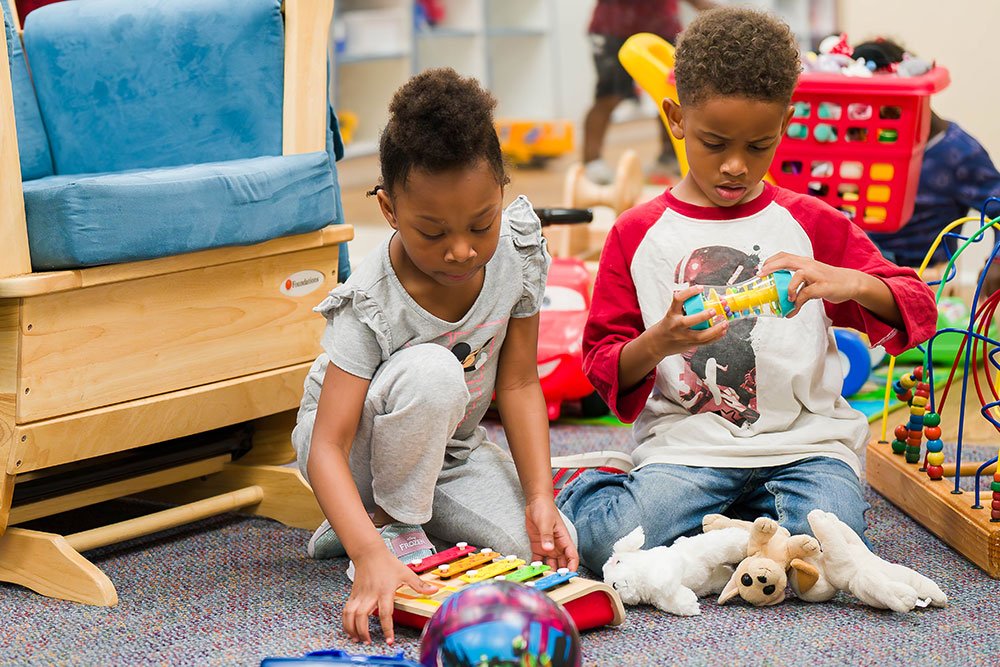“Breaking the Cycle: Empowering Children in Poverty”
Child sponsorship plays a crucial role in breaking the cycle of poverty by providing children in need with access to education, healthcare, and basic necessities. According to the article, child sponsorship acts as a catalyst for lasting change by addressing the root causes of poverty and empowering children to build brighter futures for themselves and their communities. By sponsoring a child, individuals and organizations offer a lifeline of hope, providing resources and support that enable children to overcome barriers to success. In this article we want to discuss “Breaking the Cycle: Empowering Children in Poverty”.
Through access to education, children gain knowledge and skills that equip them to escape poverty and pursue their dreams. Additionally, access to healthcare ensures that children receive essential medical care, preventing illnesses from hindering their development. Meeting basic necessities like food, shelter, and clothing creates a stable and nurturing environment for children, fostering emotional well-being and social development. Ultimately, child sponsorship programs aim to break the intergenerational cycle of poverty by providing children with the tools and opportunities they need to thrive and create positive change in their lives and communities.

“Addressing Basic Needs: “Empowering Children in Poverty””
Meeting basic necessities positively impacts children living in poverty in multifaceted ways. Adequate nutrition and healthcare contribute to improved cognitive function, emotional well-being, and overall mental health. Access to basic necessities fosters healthy social relationships, reduces the risk of social isolation, and ensures that children can actively participate in learning and other activities. Additionally, meeting basic needs provides children with the foundation they need to succeed academically, pursue meaningful careers, and lead fulfilling lives, ultimately breaking the cycle of poverty. Overall, addressing these fundamental needs is crucial for lifting children from poverty and empowering them to thrive.

“Education: “Empowering Children in Poverty””
Access to education is considered crucial in breaking the cycle of poverty due to its profound and far-reaching impact on individuals, communities, and societies. Education empowers individuals by equipping them with knowledge, skills, and opportunities necessary to escape poverty and achieve their full potential. It serves as a pathway to economic independence, offering better employment prospects, higher incomes, and improved living conditions. By providing access to quality education, individuals can acquire the tools they need to navigate the complexities of the modern world, contribute meaningfully to their communities, and build brighter futures for themselves and their families.
Moreover, education has a ripple effect that extends beyond the individual. Educated individuals are more likely to invest in their children’s education, creating a positive cycle of intergenerational advancement. Additionally, educated communities experience lower rates of poverty, higher levels of civic engagement, and increased social cohesion. Education serves as a catalyst for social and economic development, driving innovation, fostering creativity, and promoting sustainable growth.
Furthermore, education is a fundamental human right that enables individuals to exercise agency over their lives and participate fully in society. It promotes equality and social mobility, offering opportunities for marginalized groups to overcome systemic barriers and achieve greater social inclusion. By investing in education, we invest in the future, laying the foundation for a more just, prosperous, and equitable world where every individual has the opportunity to thrive and contribute to the common good. Thus, access to education is not only crucial in breaking the cycle of poverty but also in building more resilient, inclusive, and prosperous societies for generations to come.

“Healthcare’s Vital Role in Poverty: Preventing, Treating, and Protecting Children”
Access to healthcare provides numerous benefits to children living in poverty, addressing their medical needs and promoting overall well-being. First and foremost, regular healthcare visits enable healthcare providers to monitor children’s growth, development, and overall health. Through screenings and check-ups, potential health issues can be detected early, allowing for timely interventions and treatment. This preventative approach prevents minor health problems from escalating into more serious conditions, ensuring that children receive the necessary care to thrive.
Furthermore, access to healthcare facilitates early identification and treatment of health conditions. Many children living in poverty may face challenges such as malnutrition, infectious diseases, and chronic illnesses. Healthcare services offer vital support in diagnosing these conditions and providing appropriate medical interventions. Whether it’s managing chronic conditions like asthma or diabetes or treating acute illnesses, access to healthcare ensures that children receive the necessary medications, therapies, and treatments to address their health needs effectively.
Moreover, healthcare services play a crucial role in preventing illness through immunizations and vaccinations. Children living in poverty are often at higher risk of infectious diseases due to factors such as overcrowded living conditions and limited access to clean water and sanitation. Vaccinations protect children against deadly diseases such as measles, polio, and hepatitis, reducing the risk of outbreaks and safeguarding their health.
Overall, access to healthcare is essential for children living in poverty as it offers them the support they need to thrive physically, emotionally, and socially. By providing timely medical care, preventative services, and disease prevention measures, healthcare services contribute to the well-being and long-term prospects of children, helping to break the cycle of poverty and improve outcomes for future generations.

“Sponsoring Change: How Child Sponsorship Creates Ripple Effects of Transformation”
The ripple effect described in the text refers to the transformative impact that child sponsorship can have beyond the individual child, extending to their families and communities. When a child is sponsored, they receive support in the form of education, healthcare, and basic necessities, which not only benefits them directly but also creates a positive ripple effect that spreads throughout their social environment.
Child sponsorship can lead to improved outcomes for the sponsored child’s family by alleviating financial burdens and enabling parents to invest more in their children’s education and well-being. Additionally, as the sponsored child receives an education and gains valuable skills, they are better positioned to contribute to their community’s economic development and social cohesion.
Moreover, sponsored children often become role models and agents of change within their communities. As they grow into successful adults, they have the potential to inspire and empower others, creating a ripple effect of positive change that extends far beyond their immediate surroundings. By breaking the cycle of poverty for one child, child sponsorship programs can catalyze broader social transformation, ultimately leading to more resilient, inclusive, and prosperous communities.

In essence, the ripple effect of child sponsorship highlights the interconnectedness of individuals and communities and underscores the importance of investing in children’s futures as a means of creating lasting change. By supporting children through sponsorship programs, individuals and organizations can contribute to building a brighter and more equitable world for generations to come.




